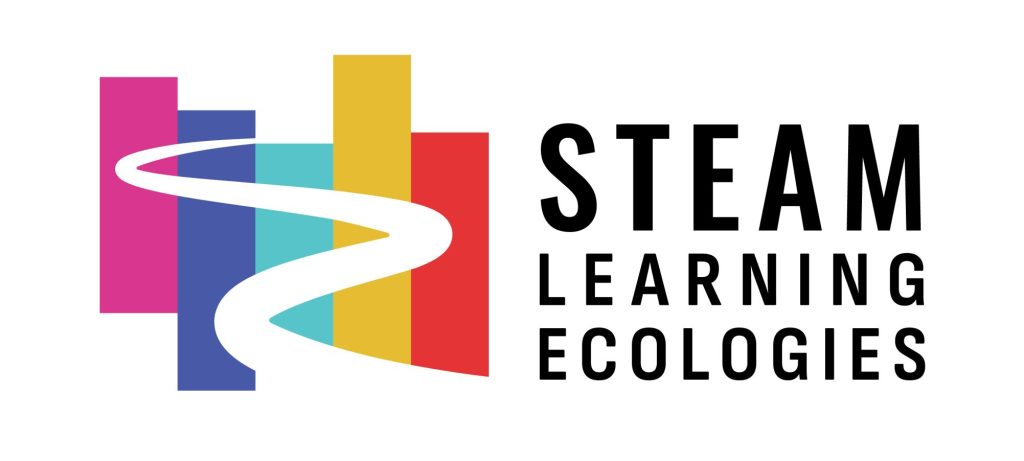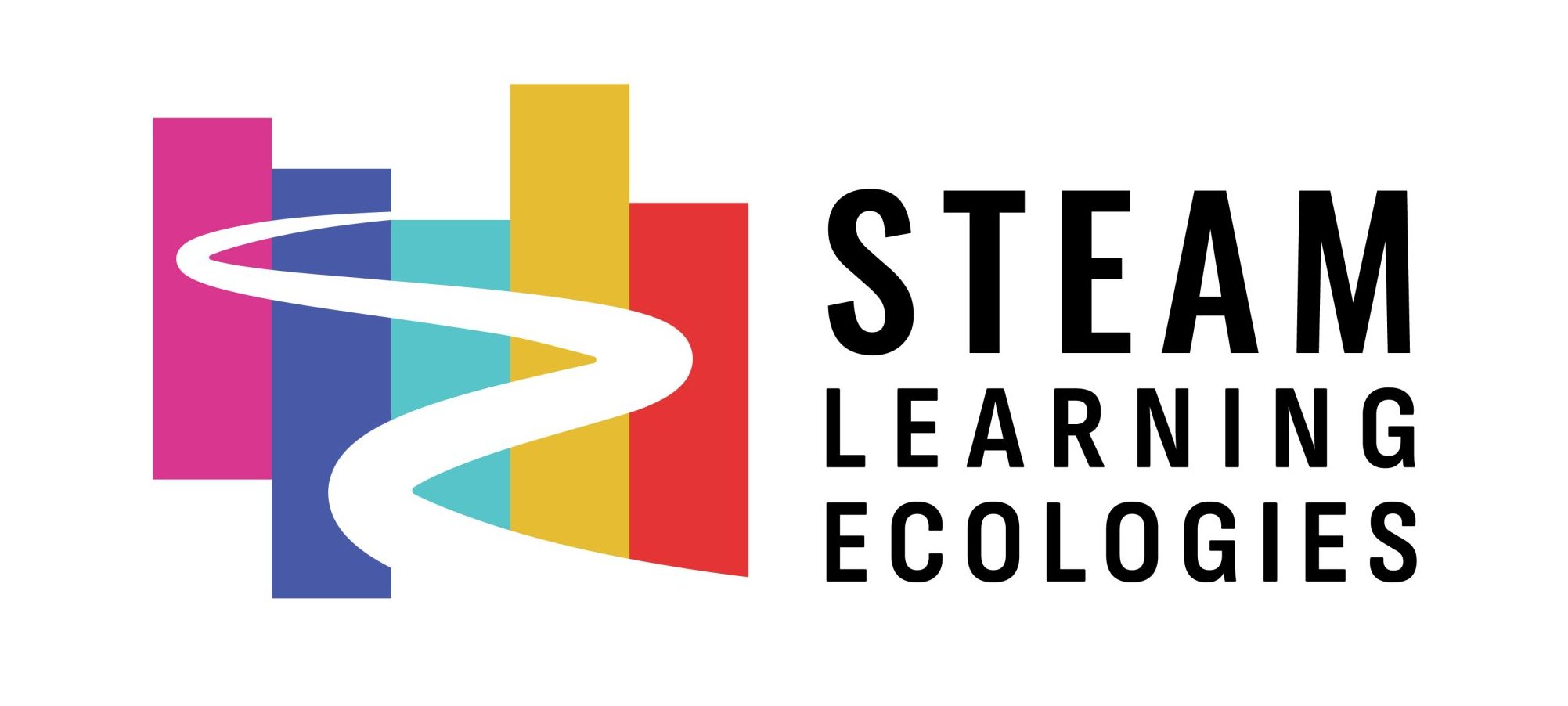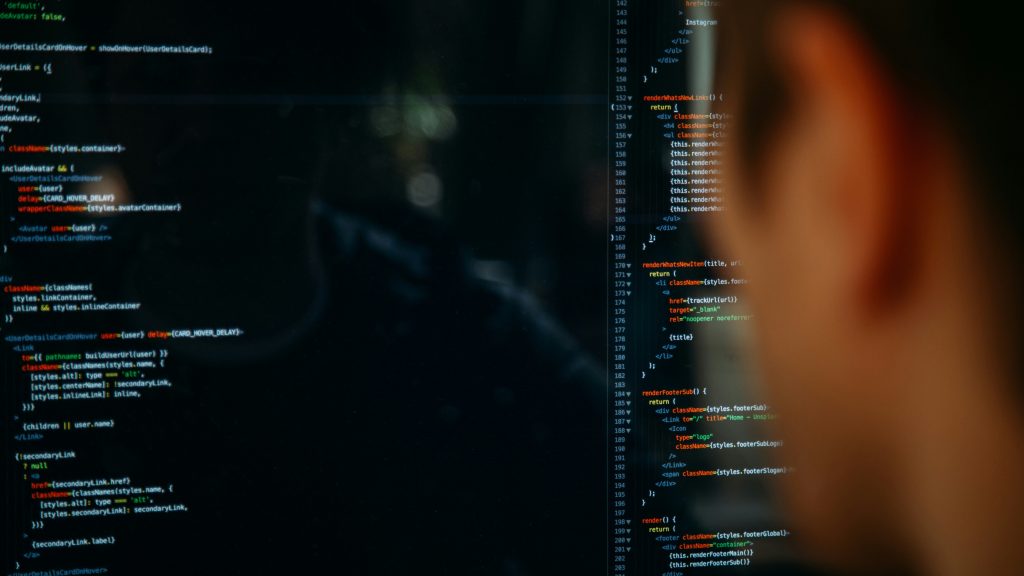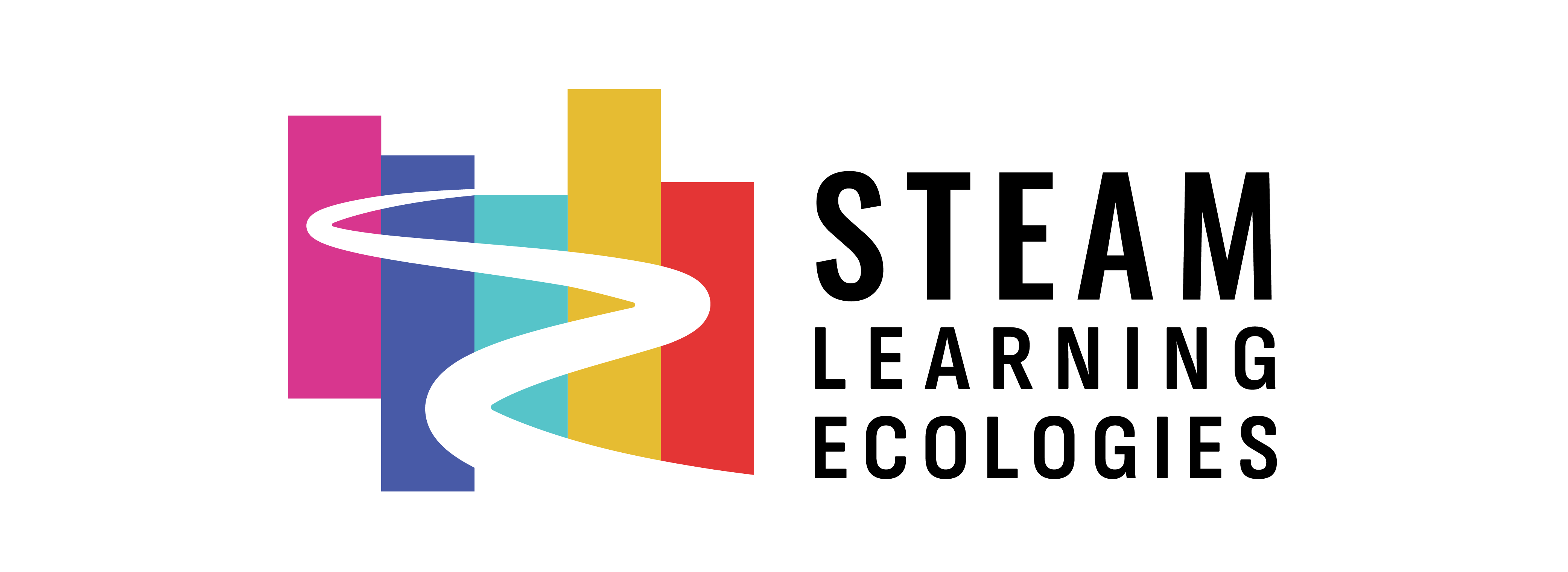The Pilot STE(A)M Learning Ecology in Norway sought to address the gap between theory and practice with an insightful university course on software engineering!
In this special course of the Norwegian University of Science and Technology (NTNU), students were split in teams and invited to create realistic software prototypes ‘on contract’ for a real-world customer.
The initiative improved the students’ software engineering skills and gave them a good understanding of the software development process. This included project management, planning, research, gathering requirements, designing, programming, testing, evaluating, and documenting their work.
At the end of the activities, the teams of students managed to create ten Minimum Viable Products – software products with enough features to attract early-adopter customers.
To learn more about this learning ecology bridging the gap between university and industry in software development, take a look at the interview we conducted with the course teacher!
Can you “paint a picture” of the context in which your STE(A)M Learning Ecology operates? Describe a bit the local setting where the SLE is located as well as the real life challenge it addresses. How does it link to the school curriculum?
The SLE operates at a Norwegian university (NTNU) where 4th-year master’s students take a course to develop a “solution” (software engineering project) for a real customer from either the industry or the public sector. The students work in a real-life setting where they must manage group work and meet the customer’s demands throughout the semester. This course is part of their university degree.
Could you briefly present your organization? What roles did your organization have in the SLE?
The stakeholders of this SLE include customers from the industry or public sector who give projects to our students. Customers are often previous participants or new ones found through word of mouth and events, such as university events or presentations by professors. Other stakeholders are the students, professors (both course instructors and coordinators), and teaching assistants.
Have you already worked in similar open schooling projects in the past? If not, how was this first experience?
I have been teaching this course for 3 years now. So, it is not a new experience for me.
Were there any challenges occurred while implementing the STE(A)M Learning Ecology and/or interacting with the school? How did you address them?
One challenge was when the contact person from a customer quit their job, and the new contact person was not reliable or responsive to the students’ requests.
Thankfully, the professors independently contacted the company to engage the new person or request a different contact. Additionally, the teaching assistant supervising the group provided advice on how to proceed, such as making decisions on their own to keep the project moving forward.
Why do you think that your STE(A)M Learning Ecology was so helpful? What are the benefits and the added value brought to the scholastic community? What are the benefits and added value brought to the educational experience of students/teachers involved? Please think about the skills developed.
The students gain a lot of experience because they have to handle a real-life situation as part of a course, involving an external customer. Working in a group, they manage a software engineering project, which prepares them for future jobs.
The benefits for stakeholders in this program include collaboration, teamwork, risk management, exchanging ideas, interactivity, and active engagement.
Skills gained by students include collaboration, project management, time management, problem-solving, theoretical and practical knowledge, understanding, and critical thinking. They gain practical experience in all phases of a software engineering project and deliver a final product to the customer!
How do you think that your STE(A)M Learning Ecology engaged and attracted learners to opportunities in science-related fields, in particular young females?
The course is open to all students in this master’s program at the university. The number of female and male students varies based on the total enrollment.
We have considered gender balance while forming groups, and aimed for an equal mix of genders when this was possible.
Inclusion and diversity are also important parts of the course. Students must report on their actions to address and consider various aspects of inclusion and diversity during their project.
Looking ahead, do you plan to further collaborate with the school and the other stakeholders involved? Do you envisage to further sustain this SLE in the near/ long future?
This initiative has been successfully running at the university for many years, contributing to academic research activities and effectively educating students. It is expected to continue in the coming years.
Collaborations with customers are ongoing and expected to continue in the future. Some customers may have projects for students every year, fostering sustained partnerships between the university and external organizations.




